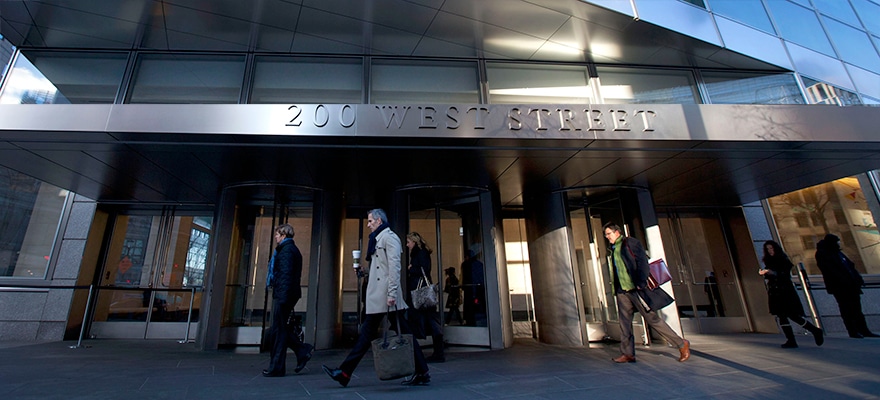Paul Walker, who had risen in 2013 to the position of Goldman Sachs Global Co-Head of Technology along with Don Duet, has announced that he is retiring from the investment bank. According to an internal memo viewed by Business Insider, although stepping down from his day to day job at Goldman Sachs, he will remain an advisory director at the firm.
A 15-year veteran at Goldman Sachs, Paul Walker was part of the ‘Strats’ ascension that took place in 2013. At that time, following a trading glitch in options trades in August 2013 which cost Goldman Sachs nearly $100 million dollars, the firm’s CIO and 23 year veteran of the bank Steve Scopellite retired in a move viewed as connected to the glitch.
Assuming Scopellite’s roles were Martin Chavez as Goldman’s CIO and Walker as Global Co-Head of Technology. Both rose within Goldman Sachs from the company’s ‘Strats’ unit, a group named for strategic analysts whose role combines both technology and trading know-how.
Emerging from the strats team, Walker and Chavez arrived at a time when Goldman Sachs had previously begun to a process to move more of its development work out of New York and to lower cost destinations such as Bengaluru, Salt Lake City and Warsaw. While not directly involved with the initial push to lower average IT headcount costs, the strats pushed other policies that were negatively accepted by many of Goldman’s more experienced IT staff.
Commercializing technology
Under his new role, Walker initiated processes that were referred to internally as “commercializing technology”. The goal was to increase headcount of low and mid-level developers, who would be managed by senior managers and assigned to different areas of company need without being firmly entrenched in any specific divisions. In addition, Goldman has initiated investments in outside technology firms such as Symphonyir solutions within Goldman as well as market the products to their customers. Being squeezed out though are middle-management IT staff who in many cases have left or were fired.
As a result, according to sources, Walker’s period of Co-Head of Technology was viewed ambiguously by staff. While many mid-level developers and managers saw their roles in Goldman Sachs minimized, junior developers gained importance under Walker and overall are believed to view him favorably. The overall results is that according to Goldman Sachs, between 2012 to 2015, technology headcount has increased 8%, although costs have declined during that period as more expensive staff have left.
Among the more experienced staff that left Goldman Sachs under Walker, recruiters referred to the exodus as leading to an “industry flooded with Goldman Sachs resumes”. Competing banks have been cited to have picked up the majority of the ex-Goldman IT staff as they build up their technology teams.
Looking ahead, Goldman Sachs isn't expected to change their model of focusing on lower cost developer staff, with executives backing the process in recent analysts conference calls. But it does remain to be seen if Walker's departure means other policies he started will be discontinued.












